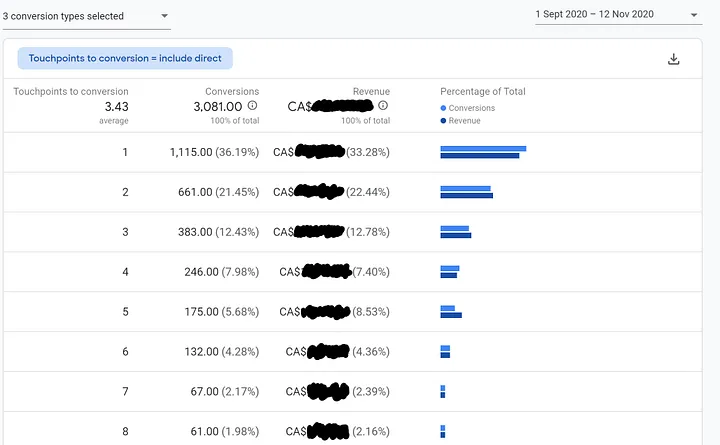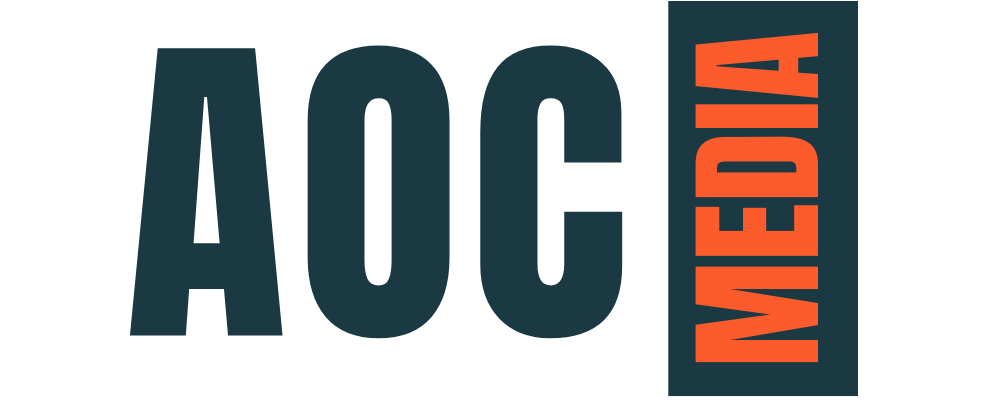
02 Oct Reach Vs. Frequency – The Biggest Debate in Marketing
Trying to get the right answer for the Reach vs. Frequency question is as irrational as solving for the value of “pie” (π).
It has been the most polarizing topic in the field of marketing, and I have experienced (first-hand) many grumpy marketers debate about it on social media. A debate so heated, that it will put the Lionel Messi Vs. Cristiano Ronaldo’s argument to shame (I might be exaggerating here, but you get the point).
First things first, let’s decipher what the fuss is about.
1. Reach
Google’s own dictionary, which is also the most popular dictionary in the world (trust me, it’s not Oxford) defines Reach as “stretch out an arm in a specified direction in order to touch or grasp something”.
The idea behind reach is a compelling one. You have a product/service, a defined audience and a fixed budget.
Now, you buy some air time (on Radio, Television, YouTube, or in the Times magazine), and therefore you stretch out an arm in a specific direction (i.e. towards your target audience) in order to touch or grasp some customers.
Reach-based marketing is based on the assumption that when you reach the maximum amount of people, some of them would convert to customers.
2. Frequency
As I used the Google dictionary earlier, it is only fair if I use it again. Frequency is the “rate at which something occurs or is repeated over a particular period of time”.
The idea behind frequency is a practical one. According to many pieces of research, we see around 5000 ads in a day. Now, assuming that the research is somewhat accurate, ask yourself this question: How many ads can you recall from yesterday? If the number is above 10, then you’re as bright as Sherlock Holmes, and if it’s below 10, then I am sorry, you’re just like me.
That is the big picture. As consumers living in the information age, there is an exodus of information around us, and we have started to ignore the information. There’s just too much information to process, and that’s why we suffer from something known as “ad or banner blindness”, which basically means that we stop paying attention to content around us because our attention span is getting smaller and smaller.
Frequency marketers propagate the idea that frequency is important to stay relevant. Your message needs to be shown multiple times to a certain audience, and it is only then that the marketing efforts will reap benefits.
Negatively Correlation and the Reach Risk
One last time (I promise), the Google dictionary defines Opportunity Cost as “the loss of potential gain from other alternatives when one alternative is chosen”. Given unlimited resources, the concept of opportunity cost wouldn’t exist, because then, you can produce or purchase everything (at least in theory). If that was the case, then a business can distribute their marketing message to everyone, and that too with unlimited frequency. Utopia is a myth, and so is the perfect balance between reach and frequency.
In the world of marketing, reach and frequency are negatively correlated phenomena. As the reach increases, the frequency decreases, and as the frequency increases, the reach decreases.

In the long term, the aim of every company is to have enough bandwidth in terms of resources that they can reach their target audience multiple times and therefore strike a balance between reach vs. frequency.
But in the short term, when companies or products are in the nascent stages, striking an equilibrium is tough. Marketers have tried doing it, and more often than not, they have failed miserably. They waste the company’s marketing budget and end up getting fired.
Imagine this. You’re a new car manufacturer which somehow makes premium cars with 80% reusable materials. You decide to spend your entire marketing budget on one TV ad that airs on the ABC network while the NBA finals are going on.
Millions of people will see your ad, but only a few will actually end up making the purchase. Of course, your ads will be seen by some people in your target market, but most people who will see your ads might not care enough about your car. It’s really like throwing spaghetti on the wall and seeing what sticks. Or maybe like shooting in the dark. I can’t think of any more impressions, but you get the point.
Big companies do it all the time because they can. They have tons of resources, and for them, running extravagant ads during extravagant sporting events is just another way to establish authority.
For most companies though, going after reach is risky in the short run. Spending the entirety of a small budget on reach is risky. Reach (alone) is risky.
Frequency Wins the Battle
This article is about 8–10 minutes long and the one thing that you can definitely recall from reading it till now must be the “Google Dictionary” part. I used it 3 times to just show that frequency can be a powerful marketing tool, especially when there is a time and money crunch.
Now, I will use an example to settle this debate. This classic example has been beautifully mentioned in the book “Permission Marketing”, which is written by one of my heroes: Seth Godin.
“Imagine that you have a packet with one hundred flower seeds in it. Also, assume that you have been given one hundred watering cans each filled with just enough water to soak one seed for a few days.”
Now, you have 2 options:
- Plant all 100 seeds and then water each seed one time.
- Plant twenty seeds. Throw the other 80 in the trash. Water each of those 20 seeds five times a week.
If you choose the first option, it’s extremely likely that every single seed will fail to grow. If you choose the second option, you might end up with some flowers.
Here’s another analogy to help you decide.
Boxing is a very strategic sport. A lot of work is put-in before a fight takes place. A professional fighter watches clips to understand each and every move that his upcoming opponent made in previous fights. Similarly in marketing, we try to understand the behavior of our customers.
Now, have you ever seen a boxer go for a right hook as soon as the fight starts?

If you have watched too many matches, then maybe, just maybe, you would have seen someone throw a right hook at the beginning of the match. Even after that, how many people got hit by that right hook which was thrown at the start? Not many, I suppose.
Going after reach is similar to that. When “reach” is deployed as the go-to marketing strategy, marketers try to sell to their customers by creating the “best possible ad”. They forget that the conversion of a person from a stranger to a customer is a slow process. Slow processes are sustainable, and everything sustainable is slow (it goes both ways).
Going after reach is similar to that. Sustainable marketing is a slow process. It is full of strategies. It’s a work of art. It requires hitting again and again and again, before delivering a final blow and converting the target audience to customers. JAB, JAB, JAB, RIGHT HOOK (that’s also the name of a book by Gary Vaynerchuk). Persistent pays, persistent sells.
A real-life example
Jay Conrad Levinson, who invented Guerrilla marketing, calculated that you have to run an ad twenty-seven times in-front of one person for the ad to have its desired impact. Why?
Because:
- Only 1 out of 9 ads are actually seen by a person (he/she ignore the rest).
- Once that person sees the ad, then he needs to see the ads 3 times before it sinks in (Source: Permission Marketing by Seth Godin).
3*9=27. His maths checks out.
Now, I tried to test this theory.
I looked at the “Attribution report” of a company. This report shows “how many touchpoints from different sources does a customer take before converting”.

The answer? 3.43 touchpoints on average. In my test, Jay Levinson’s theory (like his maths) checks out. The sample size is pretty significant in terms of revenue, traffic, and date range.
Need help with attribution? Read our simple guide on attribution analysis.
Conclusion
Honestly, there’s no right or wrong answer when it comes to schools of thought. Like some economists prefer Keynesian over Classical and some psychologists prefer Psychoanalysis over Behaviourism, some marketers prefer Reach over Frequency (and vice versa).
In my opinion, the intersection between the schools of thought is the most beneficial point for the recipient (it applies to every field).
As I said before, the balance between reach vs. frequency should be the long-term goal of every business.
Still, if I had to choose one, I will choose Frequency. The data proves it. With data, you can always say “touché” in a debate.
If you have made it to the end of the article, then here’s a quick question for you:
If you were given 100,000 dollars to launch a new product, how will you approach the product launch?




Sorry, the comment form is closed at this time.